Industry Insight
Strength Beyond the Surface: Why the Fitness Industry Must Lead the Charge in Restoring Power, Function and Purpose in Later Life
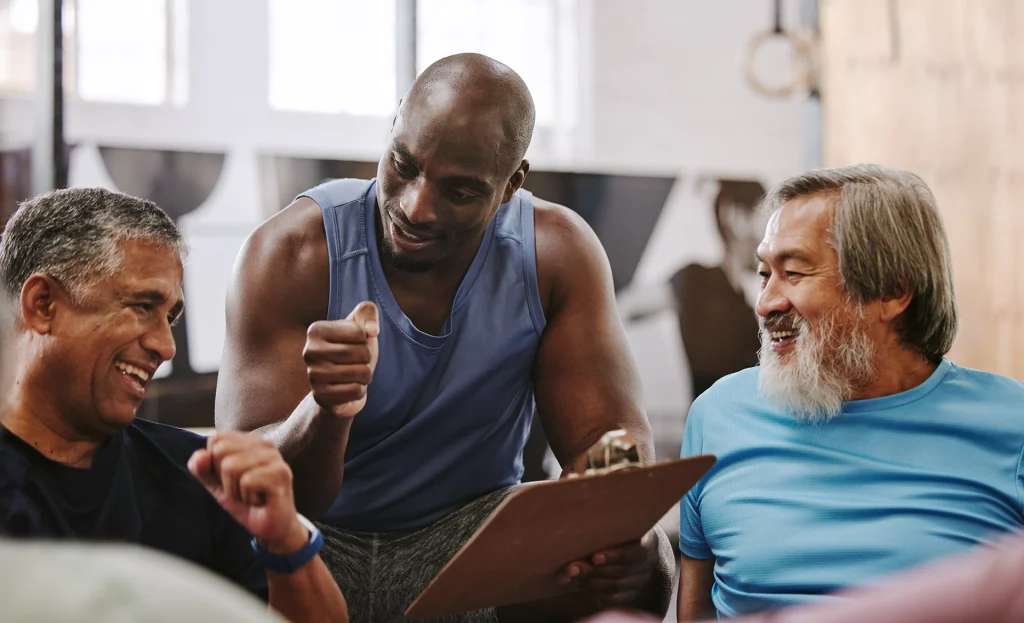
Let’s be honest – as an industry, we’ve been complicit in sidelining the ageing demographic when it comes to strength and power training.
We’ve praised movement, promoted walking groups, prescribed balance work, and championed “staying active.” But we haven’t been loud enough – or specific enough – about the kind of training that actually moves the needle when it comes to ageing well.
The time for surface-level activity advice is over.
This is a call to arms for the Fitness and Allied Health Industries:
We need to get older generations – the OGs – under load. Strength and power training must become standard practice, not an afterthought.
The Real Cost of Neglect: Frailty Is a Systemic Failure
Sarcopenia begins in the 30s, and strength declines by 30% or more by age 50 – yet many professionals still shy away from prescribing progressive resistance training in later life. By age 80, without intervention, both power and muscle mass are decimated.
But here’s the truth: we’re not talking about performance here. We’re talking about function. We’re talking about helping people stay upright when they trip. About giving them the ability to carry shopping bags, rise from a chair, or lift a grandchild. If those things aren’t part of your older clients’ goals – they should be.
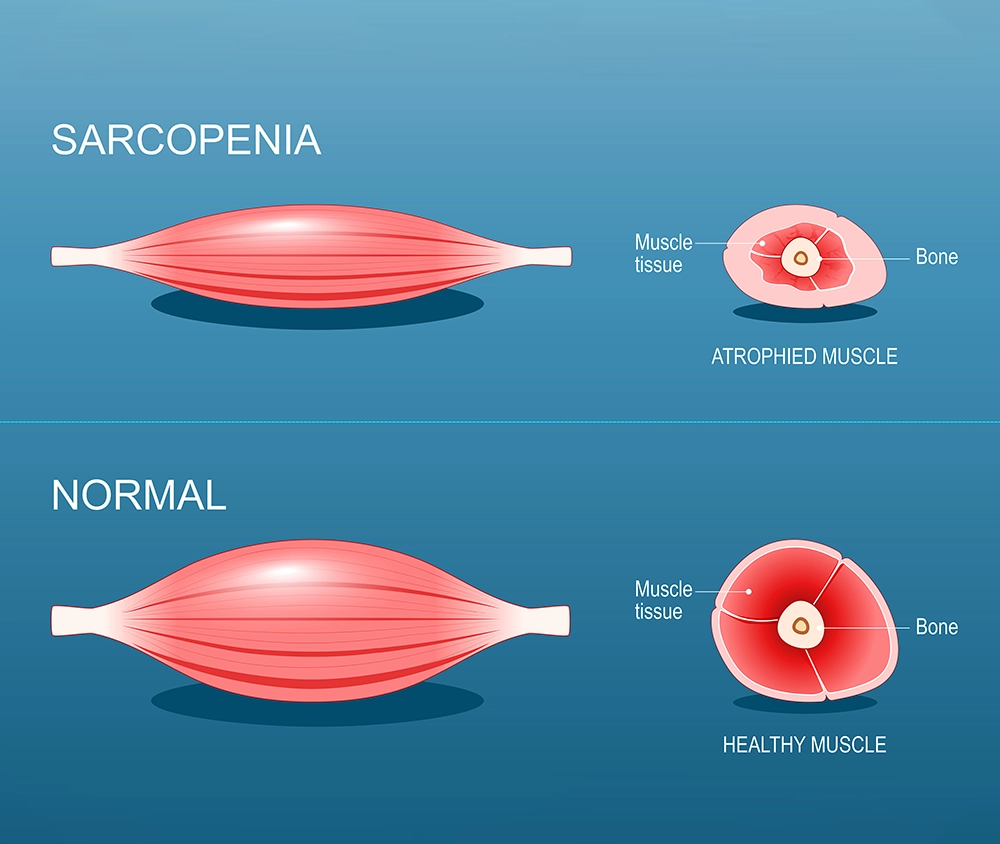
Power Is More Vital Than Strength – And We’re Failing to Prioritise It
Yes, strength matters. But power – the speed at which we can apply force – matters more when you’re 70 and trying to recover from a stumble. After all: strength helps a client pick up a basket of laundry. But power helps them not hit the floor if they lose their balance.
Power declines two to three times faster than strength, after the age of 50 – up to 3.5% annually – and yet, it’s rarely addressed systematically in most programs. That’s not just a missed opportunity – it’s a professional failure!
As fitness professionals, it’s critical we understand and communicate clearly, the biological basis behind strength and power decline in ageing. The following visual aids should become part of our foundational knowledge and client education.
Sarcopenia: Age-Related Muscle Loss
Muscle mass and strength decline steadily from the fourth decade of life, accelerating after age 60. Without targeted resistance training, individuals may lose up to 30% of muscle strength by age 70, which will drastically impact their mobility, function and independence.

Figure 1. Sarcopenia progression – muscle mass decreases significantly with age
Strength versus Power Decline with Age
Power – the ability to generate force quickly – diminishes at nearly double the rate of strength in ageing adults. While strength may decline 1-2% per year, power declines by up to 3.5% annually. This compromises reaction time, agility and fall prevention capacity.
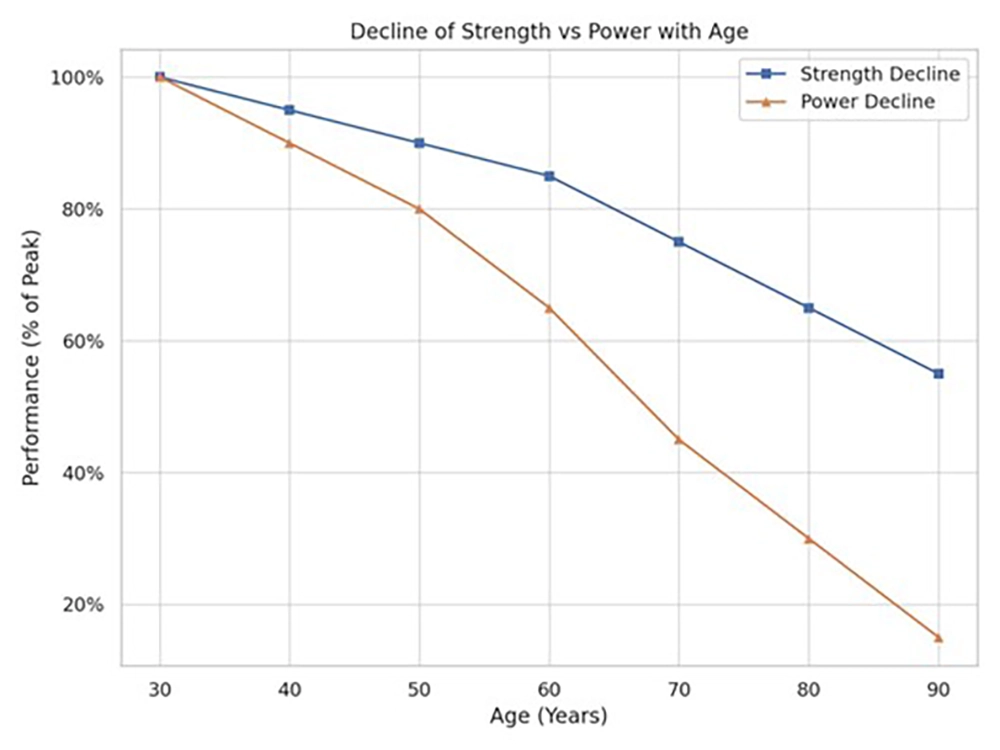
Figure 2. Strength vs Power – power declines faster and earlier than strength with age
Functional Strength Isn’t a Buzzword – It’s a Blueprint
The seven types of strength offer a model for comprehensive, functional resilience across decades:
- 01 Strength Endurance: holding, carrying, sustaining effort
- 02 Maximum Strength: highest load capacity
- 03 Tensile Strength: connective tissue resilience
- 04 Starting Strength: moving from rest (key for fall prevention)
- 05 Positional Strength: stability in complex or transitional positions
- 06 Agile Strength: directional/reactive capacity
- 07 Relative Strength: output vs bodyweight
Your job as a professional? Train across the spectrum. Don’t just make people sweat, make them capable.
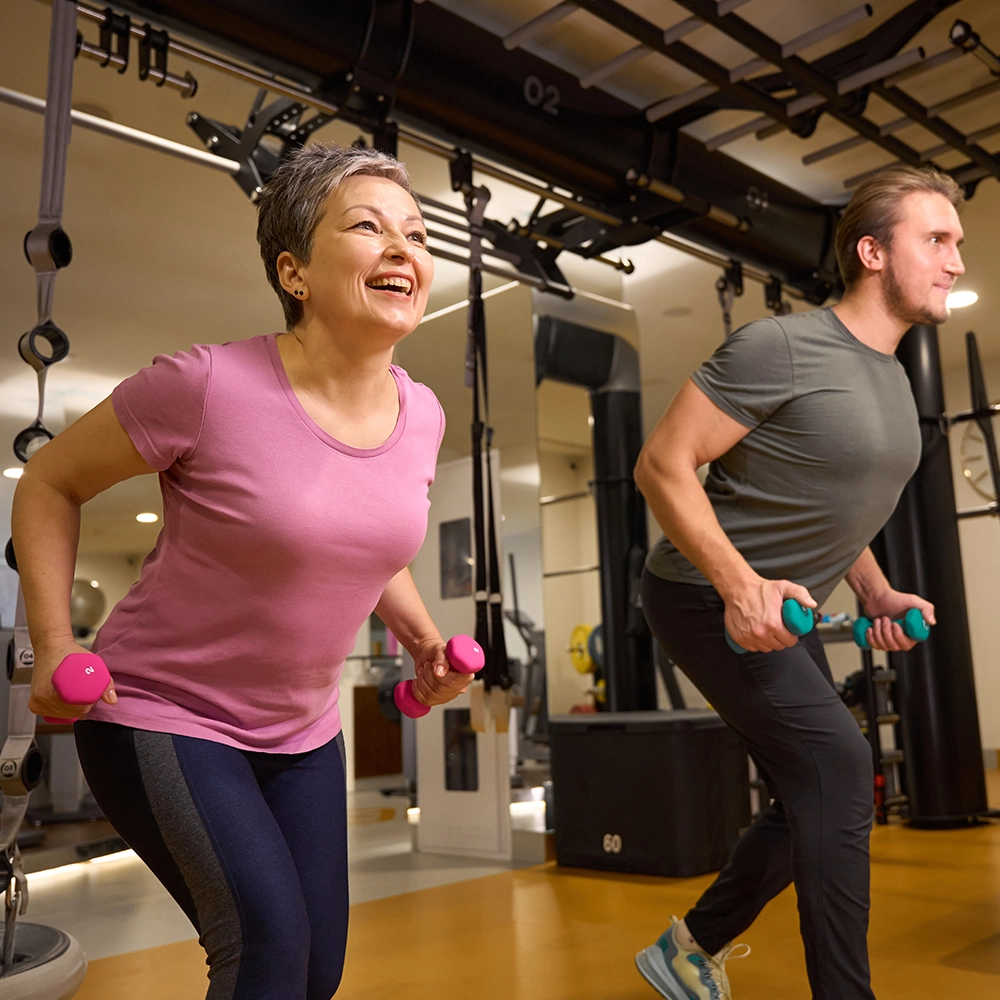
The Myth of “Too Old” - and Other Barriers We Perpetuate
Our language, our marketing, even our gym layouts often exclude the very population that needs us most. Common client objections such as: “I don’t want to bulk up”, “I’ve got bad knees”, or “Isn’t walking enough?” are too often tolerated or unaddressed. We need to reframe resistance training as clinical-grade functional medicine – not a niche option for the young or athletic.
“Strength and power training are the most vital forms of physical activity as we age. They’re not optional – they’re essential for function, independence and resilience”
- Ken Baldwin
Case Study: Outcomes Over Age
Take Shirley, 72 – post-fall, scared to walk unaided. Within six months of focused strength and power work, she was navigating her garden and walking beach paths again.
Or Bob, 67 – retired tennis player who regained his edge and confidence through core and positional strength training.
These outcomes should not be seen as exceptional. They should be expected. And they start with you – the coach, the trainer, the clinician – having the right frameworks and the courage to lead.
Strength Training Is Healthcare - So Let’s Act Like It
Resistance and functional power training isn’t just about muscle. It’s evidence-backed therapy for:
- Glucose control (diabetes prevention)
- Joint function (arthritis management)
- Blood pressure regulation
- Neuroplasticity and cognition (dementia risk reduction)
- Mood and mental health (combatting depression and isolation).
Why wouldn’t this be mandatory programming for every ageing client?
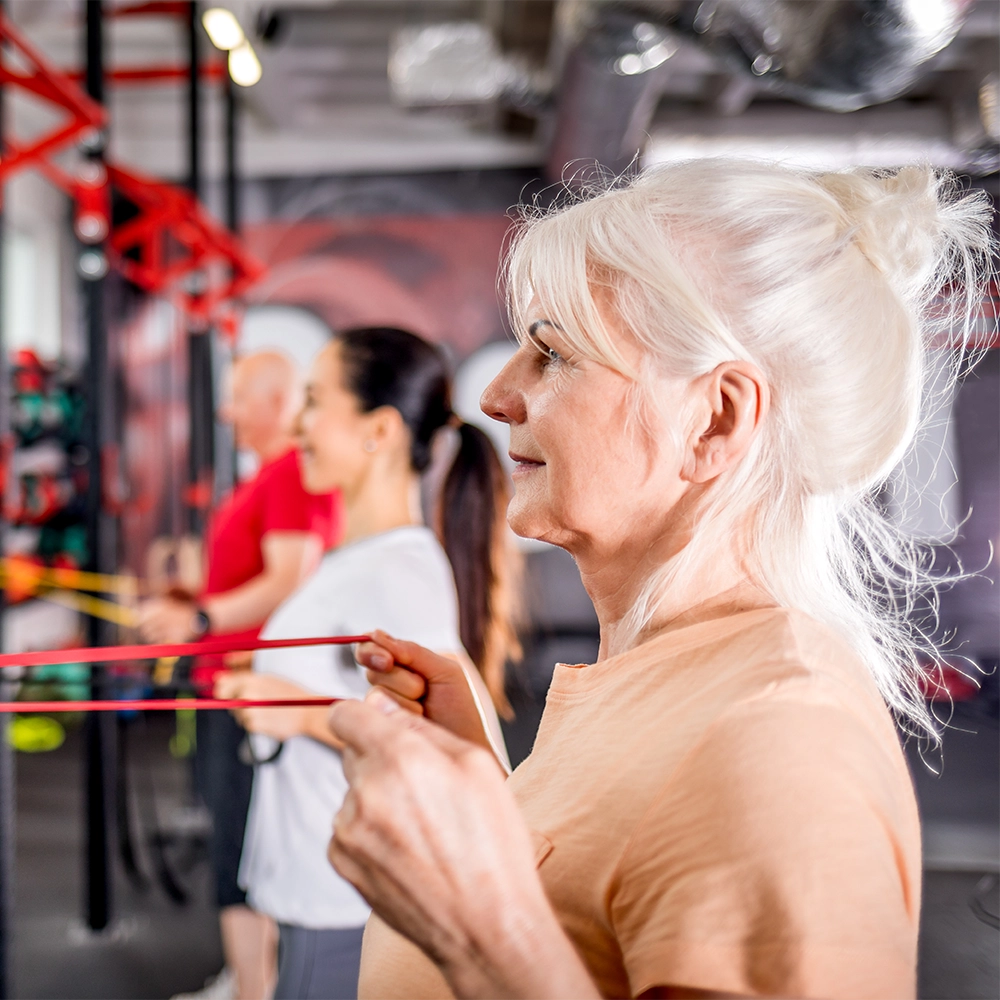
Where to Begin: Practitioner Principles for the Over - 50 Demographic
You don’t need high-end machines or sports science labs. You need purpose-driven programming rooted in what matters most: strength for life.
-
Low-impact, high-function
Use tools like bands, weighted carries, and bodyweight resistance. -
Train for tasks, not trophies
Prioritise sit-to-stand patterns, multi-plane movement, step-ups, push/pull combos, and balance under fatigue. -
RRPP Framework
Reach, Rotate, Push, Pull — a simple model to build whole-body resilience. -
Progress matters more than load
Apply progressive overload but start where they can succeed.
In summary, it’s all about industry accountability – not filling classes or selling memberships. This is about changing the health span of our ageing population. After all, we are the frontline and we see our clients more than their GPs. So, what we do in those 30 to 60-minute sessions can change their entire trajectory with regards to longevity. Let’s stop treating strength training like an ‘optional extra’ for older adults, because it’s actually the foundation of functional ageing, and the bar has been too low for too long.
Next Steps for Us
Re-evaluate your programming. Audit your client offerings. And if strength and power for ageing bodies aren’t front and centre, then change it. Ageing is inevitable. Frailty is not.
Let’s raise the bar and get the older generations to lift it!
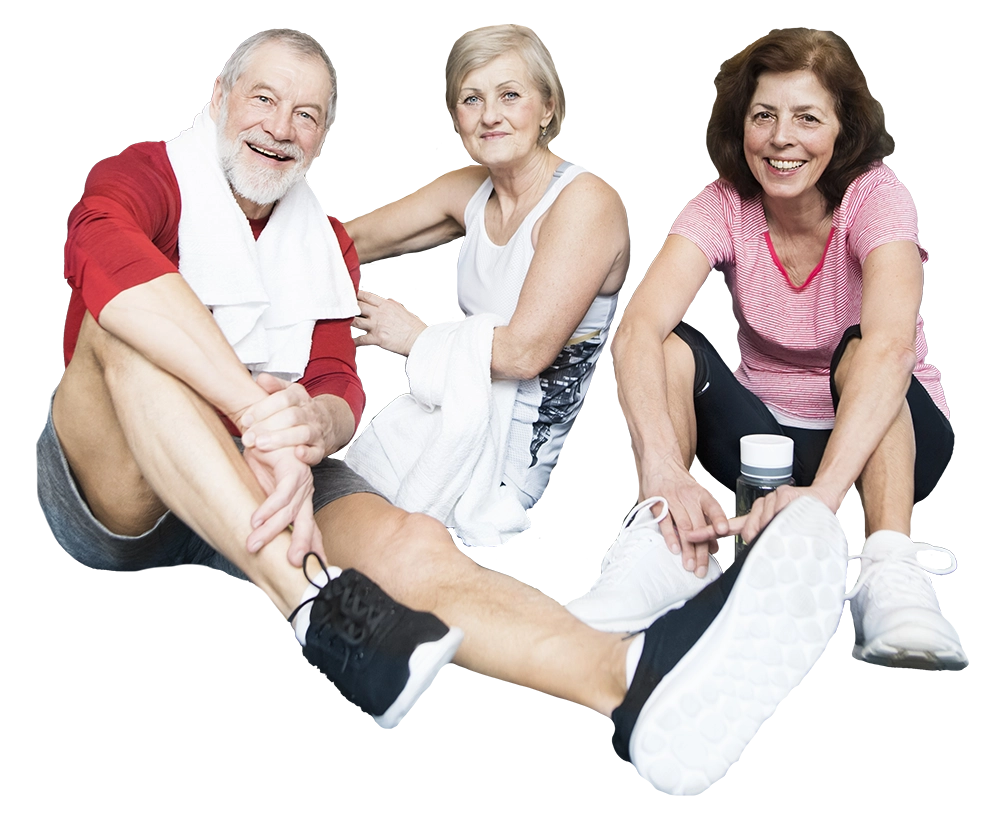
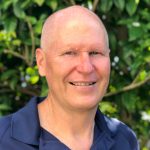
Ken Baldwin
Ken is the Founder of the Healthy Ageing Institute and the Training and Education Manager for Perform Better Australia, which both specialise in providing trainers with up-to-date courses and practical information that will help you excel in working with the Active Ageing Demographic. They also offer business mentorships and marketing advice for those wanting business skills and training to help become an authority in this area.
Want tools, training, and evidence-based frameworks to help? Email contact@healthyageinginstitute.com or follow on Instagram @HealthyAgeingInstitute